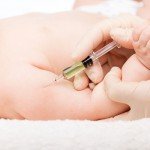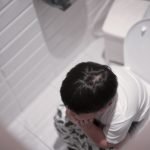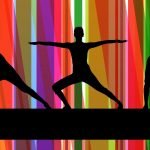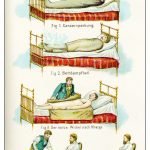Astrocytes May Play Role in Circadian Rhythm
A new study looks at the role of astrocytes in regulating circadian rhythms through communication with neurons in the brain.1 Astrocytes are glial cells of the central nervous system, which appear as “star-like” cells – hence the name “astro,” meaning “star” in Greek. The role of astrocytes has been vague, but they have largely been considered to play a supportive role to the more robust information processing elements of neurons within the brain and spinal column; helping tissue repair, regulating ion concentration and other nutrient supply, including glucose, through gluconeogenesis, as well as maintaining the structure of the brain.2 They have not been implicated before in the regulation of the body’s internal clock.
Gene Editing and Clock Gene Findings
It has largely been thought that the body’s circadian rhythm was controlled almost exclusively by the suprachiasmatic nuclei (SCN). However, through gene editing, astrocytes were noted to play a significant role in the maintenance of this internal clock. A “clock-gene” called Bmal1 was deleted within the astrocytes of live mice. When the astrocytes within the SCN had this gene knocked down the mice lost their rhythm and their daily routine was slowed significantly. They would get up later, and begin activity up to an hour or more later. Later, when the mice had their genes “turned back on” they regained much of their rhythm, however, were observed to maintain a schedule beginning an hour or more later than normal.
Conclusion of Research
The conclusion of the research is that astrocytes within the SCN play a significant role in modulating circadian rhythms of activity and rest. It is thought that the astrocytes may be communicating directly to the neurons of the SCN to dictate rhythm and behavior.
Sources
- Tso CF, Simon T, Greenlaw AC, Puri T, Mieda M, Herzog ED. Astrocytes Regulate Daily Rhythms in the Suprachiasmatic Nucleus and Behavior. Curr Biol. 2017;27(7):1055-1061.
- Verkhratsky, A.; Butt, A.M. (2013). “Numbers: how many glial cells are in the brain?”. Glial Physiology and Pathophysiology. John Wiley and Sons. pp. 93–96.
Image Copyright: <a href=’https://www.123rf.com/profile_designua’>designua / 123RF Stock Photo</a>
 Node Smith, associate editor for NDNR, is a fifth year naturopathic medical student at NUNM, where he has been instrumental in maintaining a firm connection to the philosophy and heritage of naturopathic medicine among the next generation of docs. He helped found the first multi-generational experiential retreat, which brings elders, alumni, and students together for a weekend camp out where naturopathic medicine and medical philosophy are experienced in nature. Three years ago he helped found the non-profit, Association for Naturopathic ReVitalization (ANR), for which he serves as the board chairman. ANR has a mission to inspire health practitioners to embody the naturopathic principles through experiential education. Node also has a firm belief that the next era of naturopathic medicine will see a resurgence of in-patient facilities which use fasting, earthing, hydrotherapy and homeopathy to bring people back from chronic diseases of modern living; he is involved in numerous conversations and projects to bring about this vision.
Node Smith, associate editor for NDNR, is a fifth year naturopathic medical student at NUNM, where he has been instrumental in maintaining a firm connection to the philosophy and heritage of naturopathic medicine among the next generation of docs. He helped found the first multi-generational experiential retreat, which brings elders, alumni, and students together for a weekend camp out where naturopathic medicine and medical philosophy are experienced in nature. Three years ago he helped found the non-profit, Association for Naturopathic ReVitalization (ANR), for which he serves as the board chairman. ANR has a mission to inspire health practitioners to embody the naturopathic principles through experiential education. Node also has a firm belief that the next era of naturopathic medicine will see a resurgence of in-patient facilities which use fasting, earthing, hydrotherapy and homeopathy to bring people back from chronic diseases of modern living; he is involved in numerous conversations and projects to bring about this vision.










